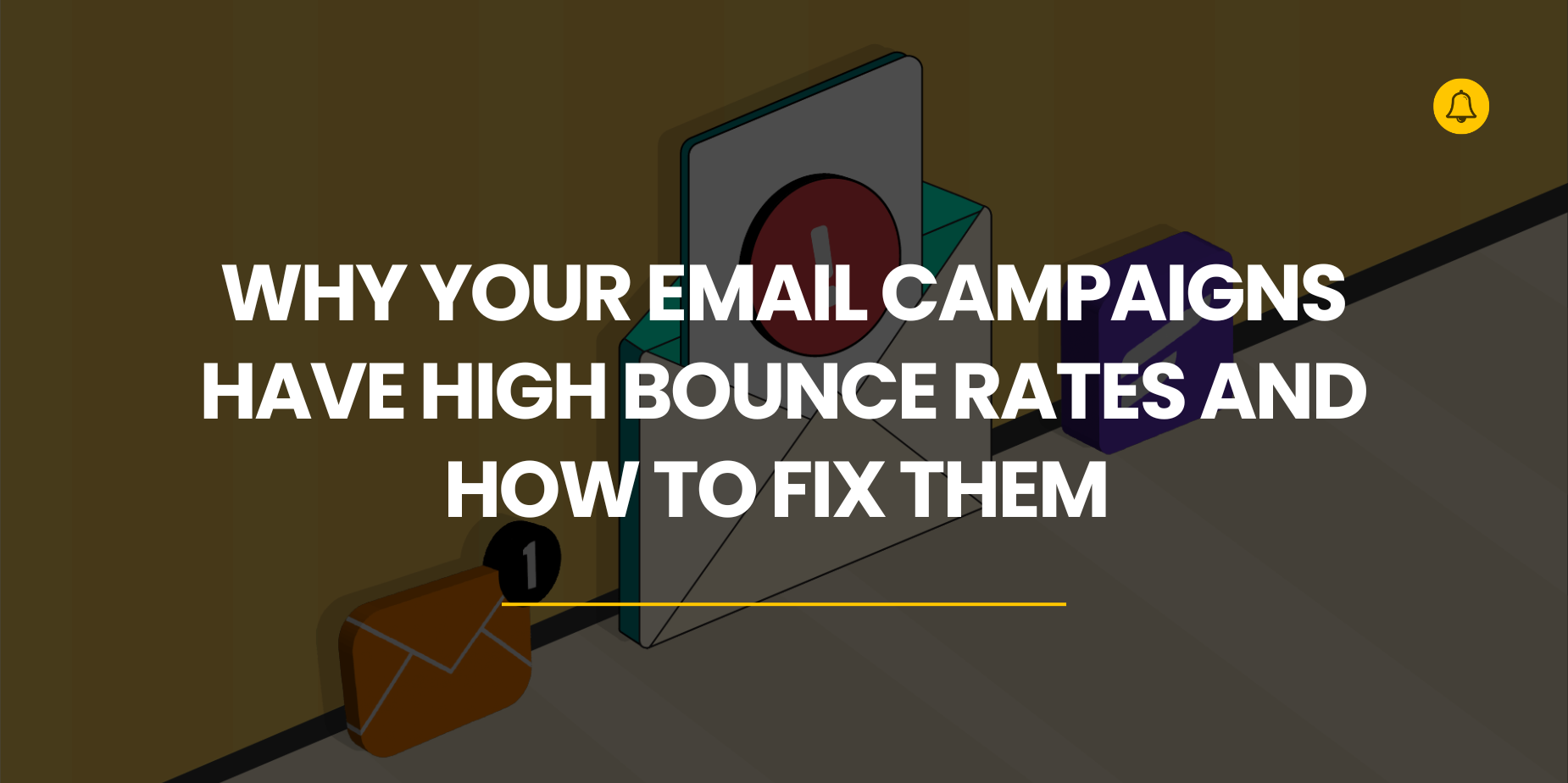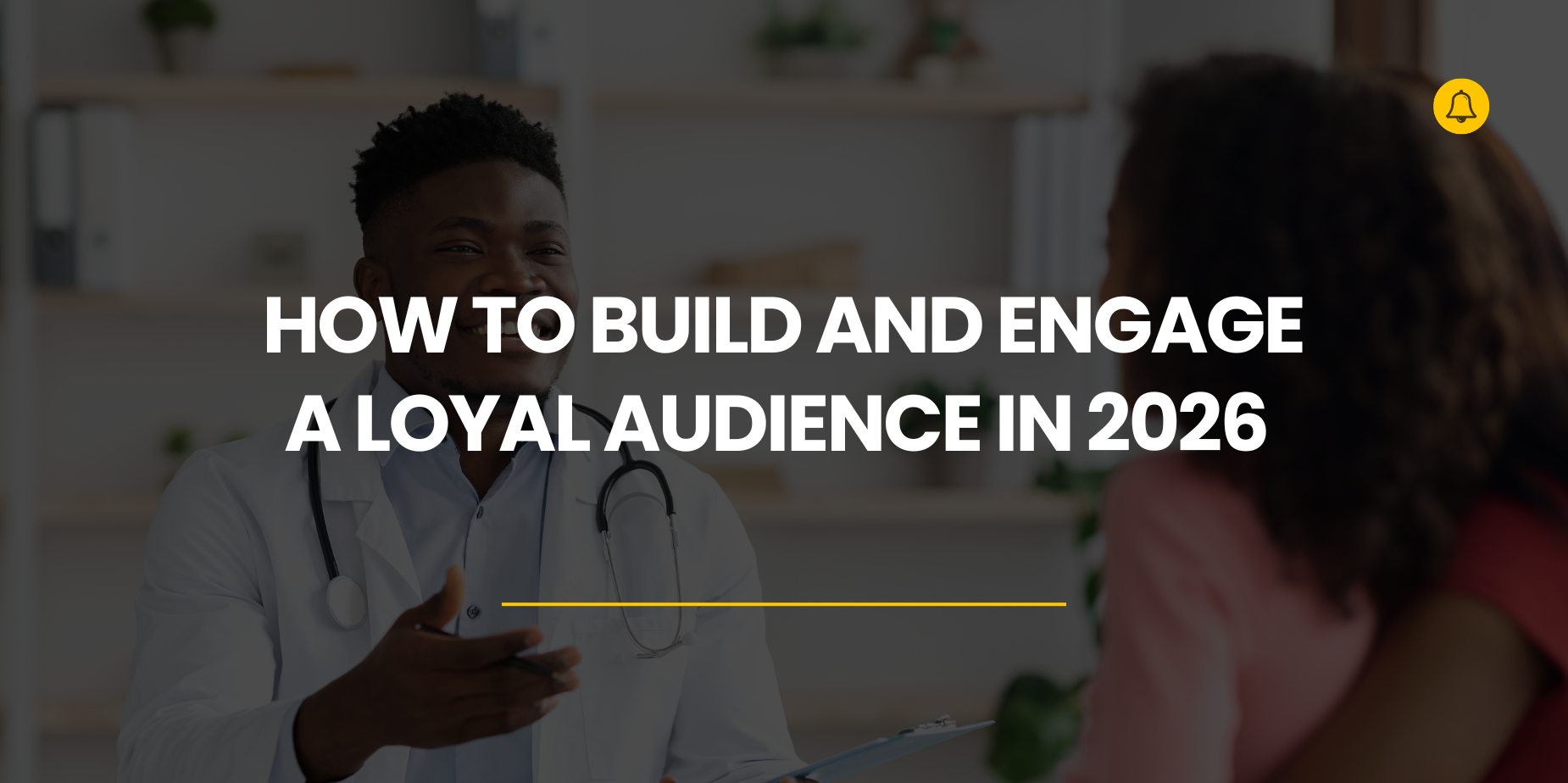High bounce rates rarely announce themselves as a sudden crisis. When email campaigns fail to…

How to Craft High-Converting Email Campaigns for SaaS Businesses
Email marketing remains one of the most powerful tools for SaaS businesses to engage their audience, nurture leads, and convert them into loyal customers. However, not every email campaign drives the desired outcomes, and this is especially true in the competitive world of SaaS, where customer lifecycles are often complex and attention spans are short.
To ensure your email campaigns generate high conversion rates, you need a strategy that balances personalized messaging, segmented targeting, and data-driven optimization. In this article, we will break down how to craft high-converting email campaigns tailored specifically for SaaS businesses, whether you’re a startup, a B2B/B2C brand, or an established enterprise.
Table of Contents
1. Understand Your SaaS Customer Lifecycle
For SaaS businesses, email marketing is not just about one-off promotions—it’s about engaging customers at different stages of their journey. The SaaS customer lifecycle generally includes:
- Awareness: Potential customers are learning about your solution.
- Consideration: They are comparing your product with others.
- Decision: They are ready to make a purchase.
- Retention: They are paying customers, and you want to keep them engaged.
Craft your email campaigns with these stages in mind, and focus on delivering value at each step. A study by HubSpot shows that relevant and targeted emails generate 18x more revenue than generic broadcasts.
Actionable Tip:
Segment your email list based on where your customers are in their lifecycle, and tailor your messaging accordingly. Use language that addresses specific pain points and solutions that resonate with each group.
Read more: The Ultimate Guide to B2B Email Marketing in 2024
2. Personalization Beyond the First Name
Personalization goes beyond using a customer’s first name in the subject line. In SaaS, you have access to valuable user data, such as product usage, behavior on your platform, and preferences. Use this data to craft personalized emails that provide relevant, actionable insights.
According to Campaign Monitor, personalized emails deliver 6x higher transaction rates than non-personalized ones. However, 70% of brands are not utilizing advanced personalization in their email strategies, meaning there’s a significant opportunity to stand out.
Practical Example:
If a user hasn’t activated a key feature of your SaaS product, send an email highlighting the benefits of that feature and include a link to a tutorial. For instance, “Hey [Name], we’ve noticed you haven’t tried our [Feature X] yet! Here’s how it can help you [solve a problem].”
3. Leverage Behavioral Triggers
Behavioural trigger emails are automated messages that are sent based on user actions or behaviours. For SaaS businesses, these can be particularly effective for driving conversions, as they are timely, relevant, and based on actual user intent.
According to DataBox, companies that send triggered emails based on behaviour see higher engagement rates, with open rates reaching up to 46% and click-through rates of 11%.
Examples of Behavioral Trigger Emails for SaaS:
- Trial expiration reminders: Alert users when their free trial is about to end and encourage them to upgrade.
- Abandoned sign-up emails: If a user started to sign up but didn’t complete the process, send a reminder with a clear CTA.
- Feature usage nudges: Send an email when users aren’t taking advantage of key features, encouraging them to explore more.
Read more: How to Build an Effective Content Marketing Funnel for SaaS Products
4. Create Value-Driven Content
Every email you send should offer value. SaaS customers are constantly bombarded with emails, so yours need to stand out by providing real, actionable insights. This could be in the form of educational content, exclusive discounts, or free resources like eBooks, guides, or templates.
A study by Content Marketing Institute reveals that 78% of B2B marketers say that delivering helpful, relevant content to their audience is more important than ever for nurturing leads.
Actionable Tip:
Build a content calendar for your email campaigns and mix in both promotional and educational emails. For example, one email could offer tips on how to maximize their use of your SaaS platform, while another could introduce a limited-time offer to upgrade their plan.
5. Optimize Your Subject Line and Preview Text
Your email subject line and preview text are critical components in determining whether your email will be opened or ignored. OptinMonster reports that 47% of recipients open an email based solely on the subject line. For SaaS businesses, conveying urgency, value, and relevance in as few words as possible is essential.
Best Practices for SaaS Email Subject Lines:
- Keep it under 50 characters.
- Use numbers to grab attention (e.g., “Increase Productivity by 30% with This Feature”).
- Include a sense of urgency or exclusivity (e.g., “Last Chance to Unlock Pro Features”).
- Make it clear and concise (e.g., “New Features to Help You Scale Faster”).
The preview text should act as an extension of your subject line, providing additional context and enticing readers to open the email.
Read more: The Role of Personalization in B2B Email Marketing: A Guide to Enhanced Engagement and Conversions
6. A/B Test for Continuous Improvement
Testing is crucial for improving your email campaigns over time. Use A/B testing to experiment with different elements, such as subject lines, CTA buttons, email layouts, and messaging styles. Data from HubSpot shows that A/B testing email subject lines alone can increase open rates by 49%.
Elements to A/B Test:
- Email subject lines
- Sender name (personal vs. company)
- CTA button color and text
- Email length (short vs. long-form)
- Content style (text-heavy vs. image-heavy)
Pro Tip:
Always test one variable at a time to ensure you understand which change drives the impact. Use metrics like open rates, click-through rates, and conversions to evaluate performance.
7. Use Clear, Actionable CTAs
Your email should have a single, clear call-to-action (CTA) that aligns with the goal of the campaign. Whether you want the user to sign up for a demo, upgrade their plan, or explore a new feature, the CTA needs to be compelling and straightforward.
A well-designed CTA can increase conversion rates by over 121%, according to WordStream. For SaaS emails, avoid vague CTAs like “Click Here” and use action-driven phrases such as “Start Your Free Trial” or “Explore New Features.”
Actionable Tip:
Use contrasting colours and ensure your CTA stands out visually. Test different CTA placements to see what drives higher engagement.
Read more: How to Create Compelling Calls-to-Action for Your Email Campaigns
8. Track and Analyze Key Metrics
To truly optimize your email campaigns, you need to track and measure your results consistently. Focus on key email marketing metrics, including open rates, click-through rates, conversion rates, and churn rates.
Use the data to identify which types of emails resonate most with your audience, and adjust your strategy accordingly. A report from Litmus found that 60% of marketers consider email ROI a key metric for success, and SaaS businesses should be no different.
Key Metrics to Track:
- Open Rate: Indicates the effectiveness of your subject line.
- Click-Through Rate (CTR): Shows how many recipients clicked on your CTA.
- Conversion Rate: The percentage of recipients who completed the desired action.
- Churn Rate: Measures how many users unsubscribed after receiving your email.
Final Thoughts
Email marketing for SaaS businesses requires a combination of strategic planning, personalized messaging, and continuous optimization. By understanding your customer lifecycle, leveraging behavioral triggers, delivering value, and using data-driven insights, you can craft email campaigns that not only engage but also convert.
Start incorporating these strategies into your next email campaign to see better results and a higher return on investment. And remember, the key to successful email marketing is ongoing improvement—never stop testing and refining!
Read more: How to Use Automation in Email Campaigns for Better Efficiency


